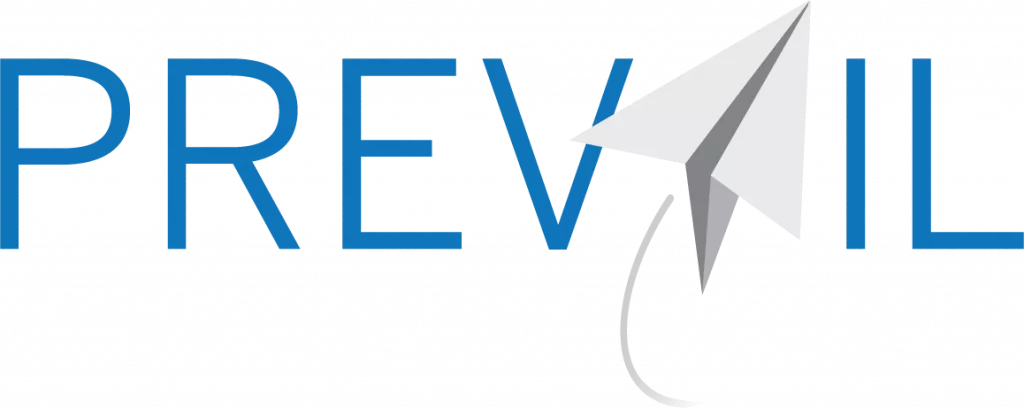Tax Planning in Retirement
Taxes don’t retire when you do. In fact, tax planning becomes even more critical once you stop working and begin drawing income from multiple sources. For retirees in Leawood and Kansas City, developing a tax-efficient retirement income plan is essential to protect wealth, reduce surprises, and stretch savings further.
The first step is understanding how different income sources are taxed. Traditional IRAs are tax-deferred, which means withdrawals are taxed as ordinary income. Roth IRAs offer tax-free withdrawals, provided conditions are met. 401(k)s can contain a combination of both pretax and after tax or Roth dollars. Brokerage accounts are subject to capital gains tax, and up to 85% of Social Security benefits can be taxable depending on your combined income.
Because of this complexity, withdrawal sequencing is key. A common strategy is to withdraw from taxable accounts first, allowing tax-deferred accounts to continue growing. Next come traditional IRAs and 401(k)s, with Roth IRAs saved for last. This method helps manage income levels and keep you in a lower tax bracket.
The advantages of smart withdrawal sequencing include improved cash flow, minimized tax exposure, and better control over required minimum distributions in later years. However, it requires consistent monitoring and may not align with all income needs or spending habits.
Charitable giving also presents an opportunity for tax efficiency. Qualified Charitable Distributions (QCDs) allow you to donate up to $108,000 annually, as of 2025, from an IRA directly to a qualified charity. These distributions count toward your RMD but are not included in taxable income—a win-win for those 73 or older.
For retirees interested in legacy or high-impact giving, Donor-Advised Funds (DAFs) offer flexibility. You can contribute in a high-income year to maximize the deduction, then recommend grants to charities over time.
Managing capital gains is another pillar of retirement tax planning. Selling investments at a loss to offset gains—known as tax-loss harvesting—can reduce your tax liability. You can also offset up to $3,000 in ordinary income annually with these losses.
However, there are limitations. The IRS wash-sale rule prevents claiming a loss on a security if you buy a “substantially identical” one within 30 days. This requires careful tracking and oversight.
Roth IRA conversions also play a role in tax strategy. Converting funds during low-income years can reduce future RMDs and provide tax-free income later. But the tax on the conversion must be paid upfront, so the timing and amount matter.
At Prevail IWS, we work closely with retirees across Leawood and Kansas City to identify the right mix of withdrawal strategies, charitable giving techniques, and tax-efficient investments. We tailor each plan based on your goals, income, and lifestyle to help you preserve more of your savings and enjoy a confident retirement.
In retirement, every decision—from which account to tap first to how much to give to charity—can affect your tax picture. With proactive planning and professional guidance, you can keep more of what you’ve earned and use it to live well and leave a lasting legacy.


















